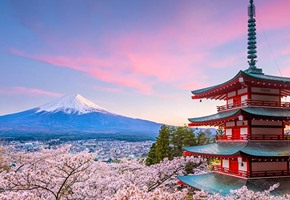
Best Holiday Destinations for 2026
29/12/2025 · By Ian Holt
To inspire your travels for 2026, Great Rail Journeys reveals our Top 10 best holiday destinations and expert tips, from bucket list sights to hidden gems.
Read moreFounded by Romulus on 21 April 753 BC, Rome was soon the largest city in the world, peaking in power during the rule of Marcus Aurelius from 161-180 AD. At the time the city was the centre of the incredibly powerful Roman Empire, which ruled so much of the world. The city is built on seven hills (Capitolino, Palatino, Quirinale, Viminale, Esquilino, Celio and Aventino) with a wide, flat and open central area, named Camp Marzio after the ancient God of War. Originally used as a training camp for Rome's forces, this area is now home to many of the city's most famous sights.
Rome's architecture charts the passage of time as clearly as anywhere in Europe; with wonderfully preserved monuments from the early Romans and buildings with distinctive medieval, Renaissance and Baroque features. The most famous sights are a real wonder to behold - no photo can prepare you for the awesome sight of the Colosseum close up. No other city boasts as many world-class sights as Rome - not even Athens, New York or London. As well as the Roman heritage sights, Rome also boasts beautiful medieval areas, impressive city squares and of course the country within Rome - Vatican City, with the incredible St Peter's Basilica.
Colosseum
One of the most familiar symbols of Ancient Rome is the incredible Colosseum. An awesome sight to behold up close, the unmissable Colosseum is part circus, part sports arena. Although time, weather, pillaging and earthquakes have taken their toll on the classical ruin, it is a breathtaking sight and contains the original pathways, ramps, cells, corridors and entrance ways used by gladiators, slaves and animals to enter the arena.
Roman Forum
The Roman Forum was the political, commercial and religious centre
for the Roman Empire. Now just an impressive ruin, it is possible
to make sense of what it was like in its heyday by viewing the
best-preserved sections, including the beautiful Arch of Septimus
Severus, which was built to celebrate the Roman victory over the
Parthinians.
Spanish Steps
The stunning, curving Spanish Steps lead from the Piazza di Spagna
up to the Piazza Trinità dei Monti and the Trinità dei Monti
Church. Known in Italian as 'Scalinata della Trinità dei Monti',
the 138 Spanish Steps are the widest staircase in Europe. The
original design for the steps was chosen as the winning entry in a
competition held after years of debate about how best to urbanise
the steep slope leading up to the Trinità dei Monti. There is
debate about which architect was actually responsible for the
winning design, although it is accepted to have been either
Francesco de Sanctis or Alessandro Specchi, and is often attributed
to both of them.
Trevi Fountain
Rome's most famous - and, arguably, most beautiful - fountain was
built for Pope Clement XII and almost fills the small Piazza di
Trevi. The statues adorning the fountain represent Abundance,
Aquippa, Saubrity, the Virgin and Neptune guided by two Tritons. By
tossing a coin - over your shoulder with your back to the fountain
- you are said to be guaranteed a return visit to Rome.
Pantheon
Regarded as one of the world's most inspiring architectural
designs, the Pantheon has a perfectly proportioned floating dome
that sits on tall marble columns and is one of the best-preserved
classical buildings in Rome. Built as a temple to the Gods in
120AD, the clever design includes a single light source flowing
through the central oculus that was used to measure time with the
aid of an internal sundial. The instruments used also showed the
dates of equinoxes and solstices.
Find out more with a free brochure and enjoy weekly travel inspiration and offers in our e-newsletter.
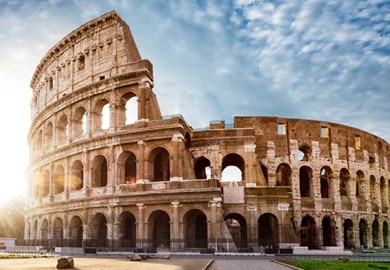
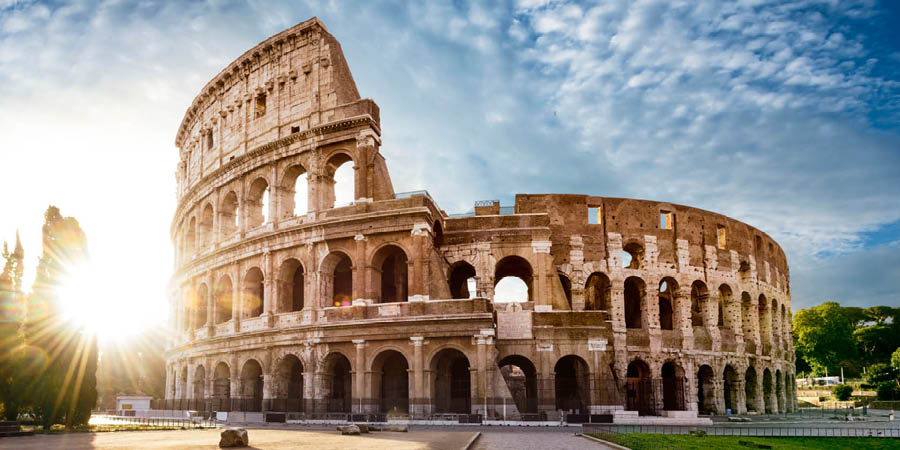
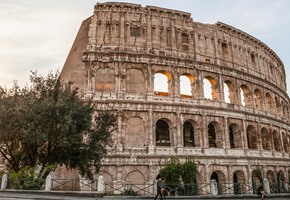
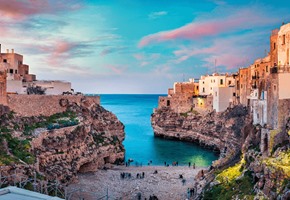
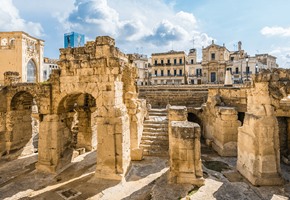
Enjoy stays in two scenic bases, both perfectly located for relaxing and uncovering this unspoilt region of Italy. Travel by First Class rail to admire the iconic sites of ancient Rome before exploring the unique dwellings and UNESCO World Heritage sites of Puglia and Basilicata. Marvel at the otherworldly sassi caves of cliffside Matera...
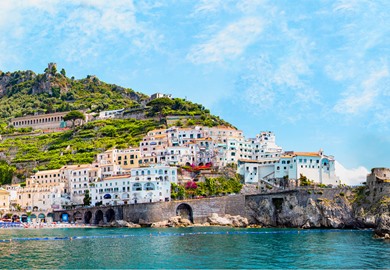
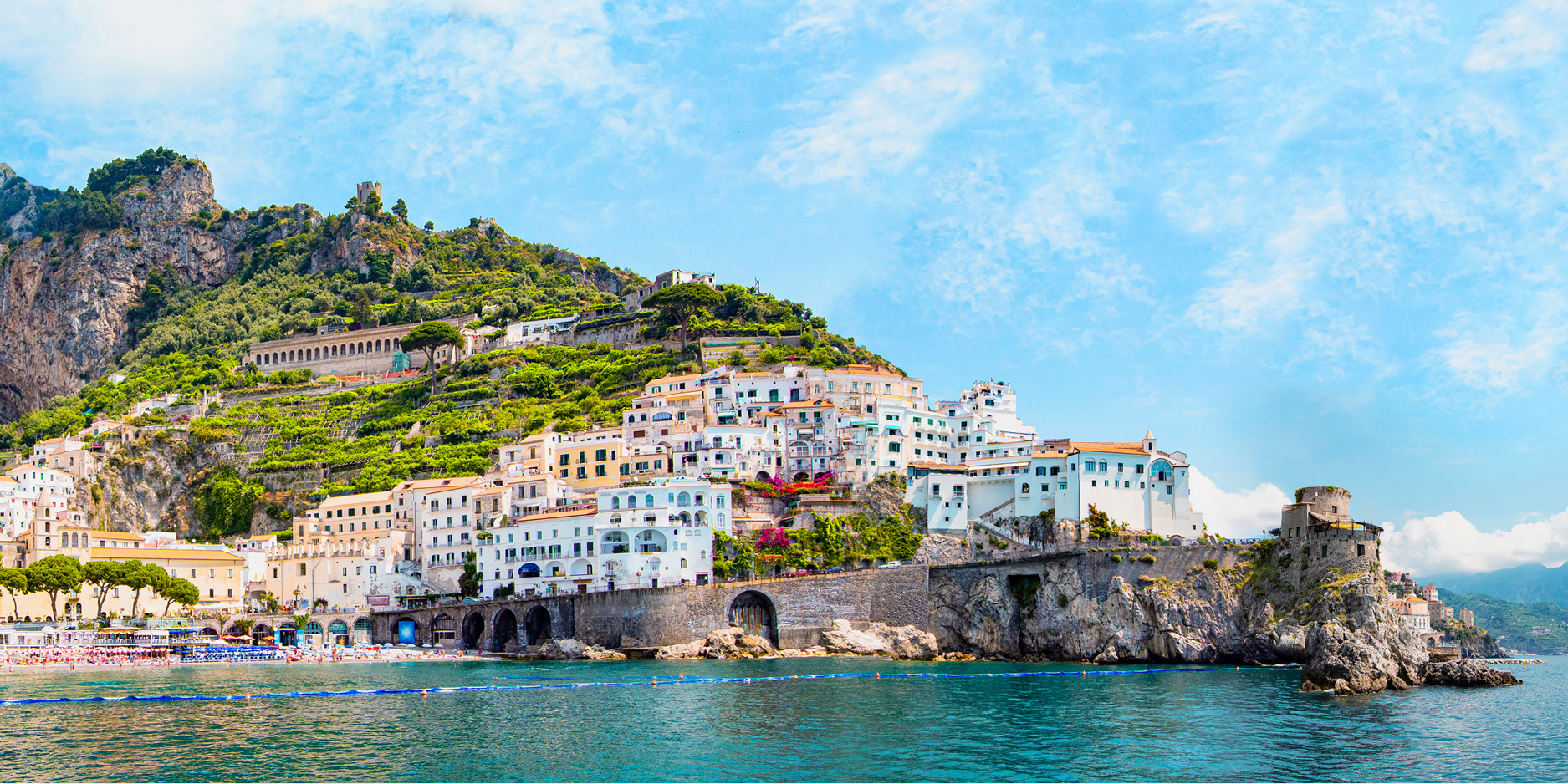
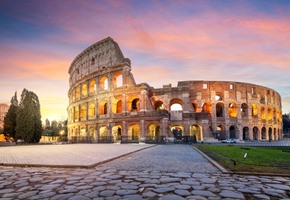

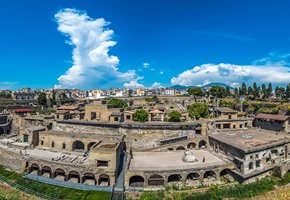
Uncover the beauty of one of Europe's most enchanting regions, the captivating Amalfi Coast. The journey begins with two nights in the 'Eternal City' of Rome, where ancient landmarks and vibrant culture set the stage. From here, continue to the charming clifftop town of Sorrento, overlooking the glittering bay of Naples, the gateway to...
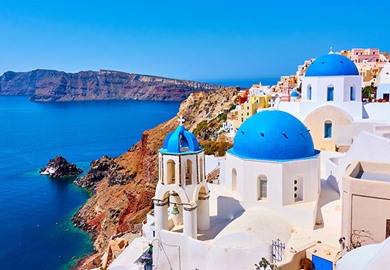
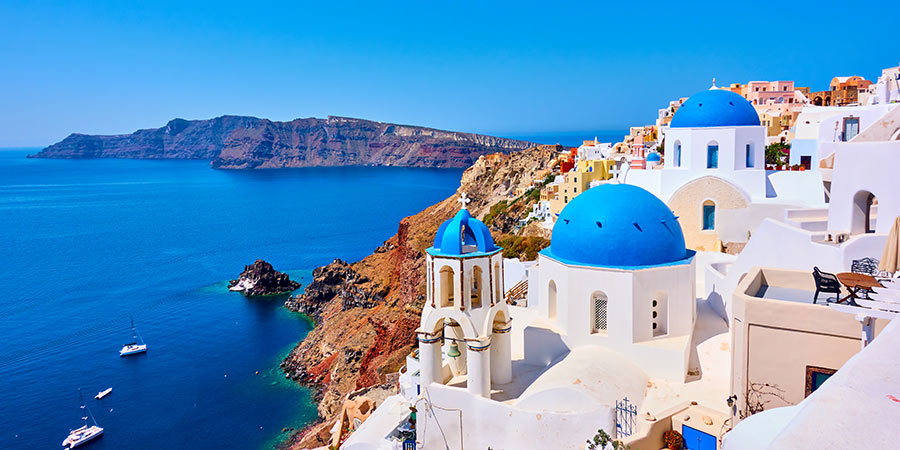
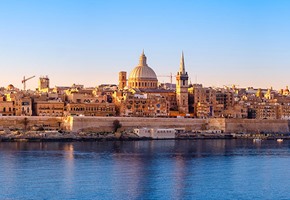
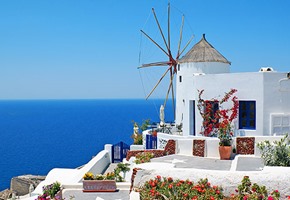
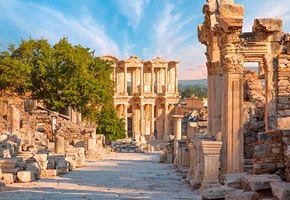
Embrace the spirit of exploration on an island-hopping journey which takes in the beauty, culture and immense history of the entrancing eastern Mediterranean. Journey by train to Barcelona for a tour of the city, before cruising the Mediterranean on the luxurious Celebrity Equinox to medieval Valletta on Malta. Encounter the iconic...
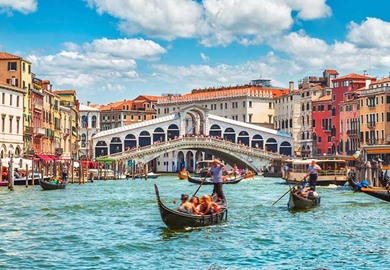
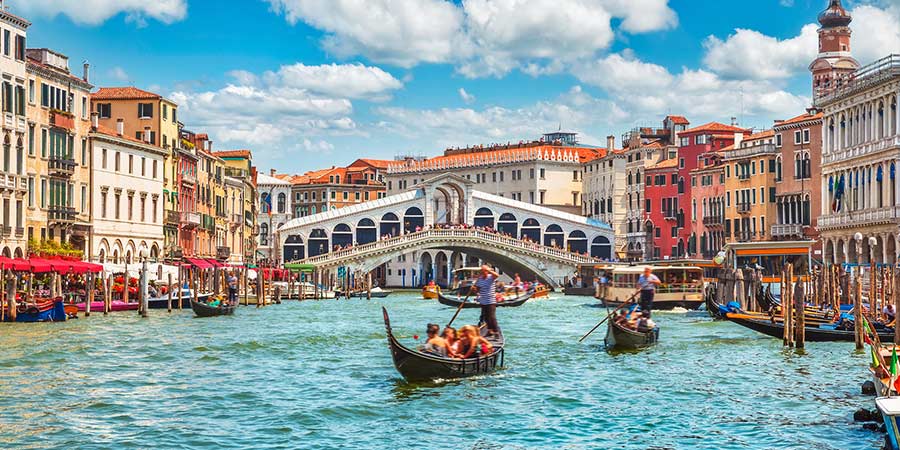
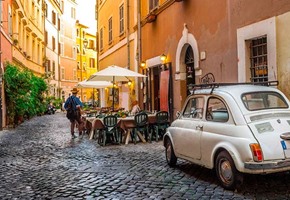

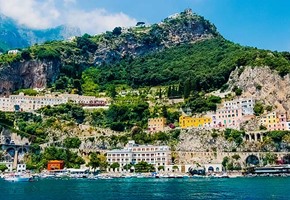
 (31 reviews)
(31 reviews)From the Alpine foothills to the island of Sicily and all that lies between, uncover the best of Italy. Travelling the country's length, we delve into the history and culture of Italy's remarkable destinations, including Venice, Florence and Rome. Bask in the beauty of the Amalfi Coast and marvel at the remains of ancient Pompeii before...
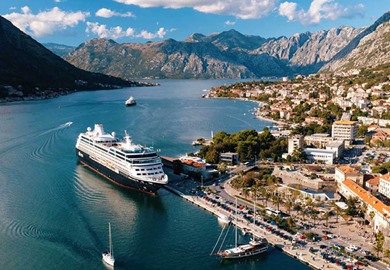
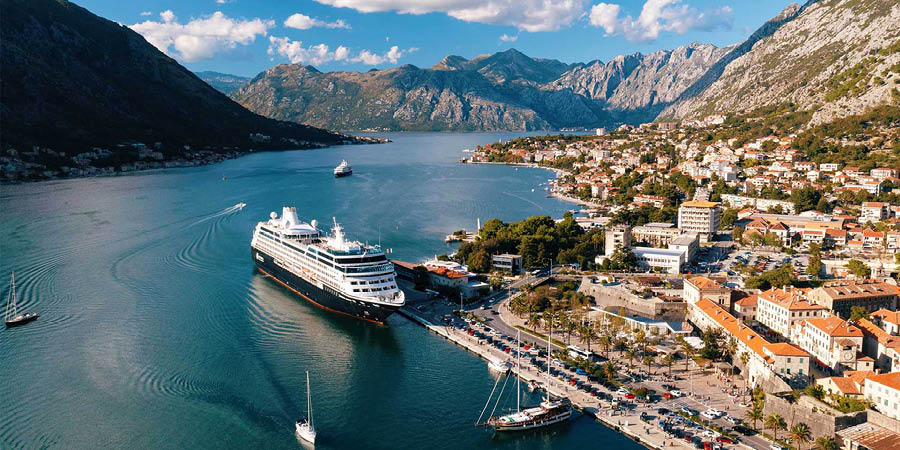
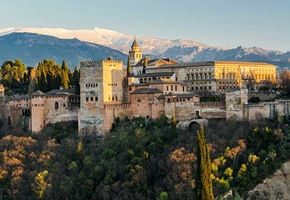

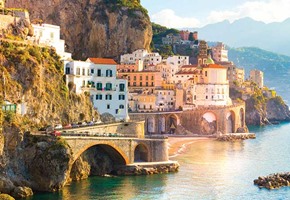
Let the wonders of Spain, Italy, Croatia and Slovenia captivate you on an incredible holiday across land and sea. Discover iconic cities and rich history, from Madrid's grand boulevards to Barcelona's striking architecture, all with the guidance of an experienced Great Rail Journeys Tour Manager. Then, set sail on an intimate Azamara...
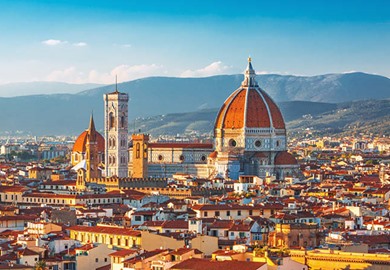
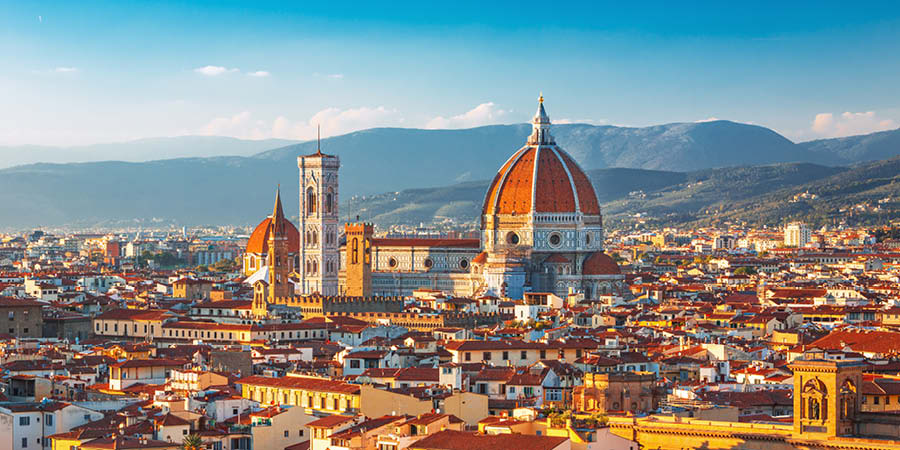
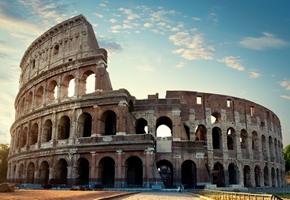


 (59 reviews)
(59 reviews)Join us on a tour of six of Italy's great historic cities, encountering a wealth of artistic and cultural treasures including World Heritage sites, with guided tours of ancient Rome and the world's Renaissance capital, Florence. With day trips to the walled Tuscan city of Lucca, Pisa's iconic tower and its gleaming white Duomo, we take a...
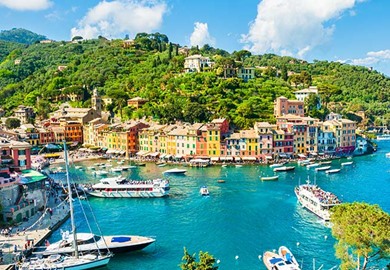
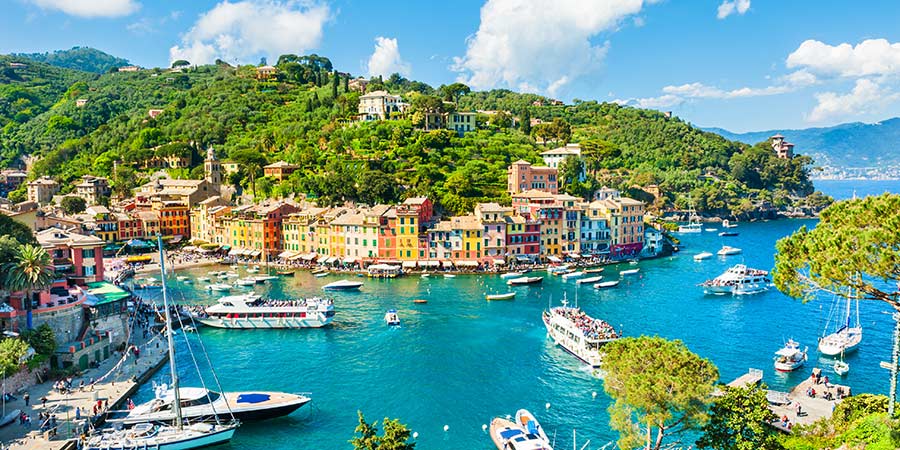
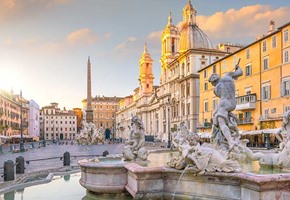
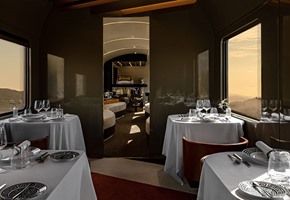
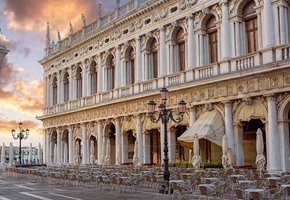
Begin your adventure with three unforgettable nights in the iconic city of Rome, immersing yourself in its rich history and vibrant culture. Then, board the luxurious Orient Express La Dolce Vita Train and travel in opulent style to Venice. Savor a gourmet lunch curated by Michelin 3-star chef Hans Beck as you glide through Tuscany. In Venice...
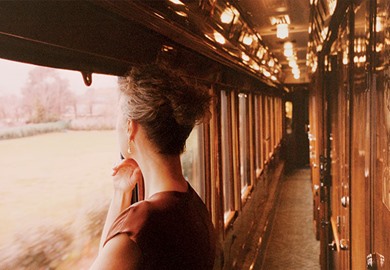
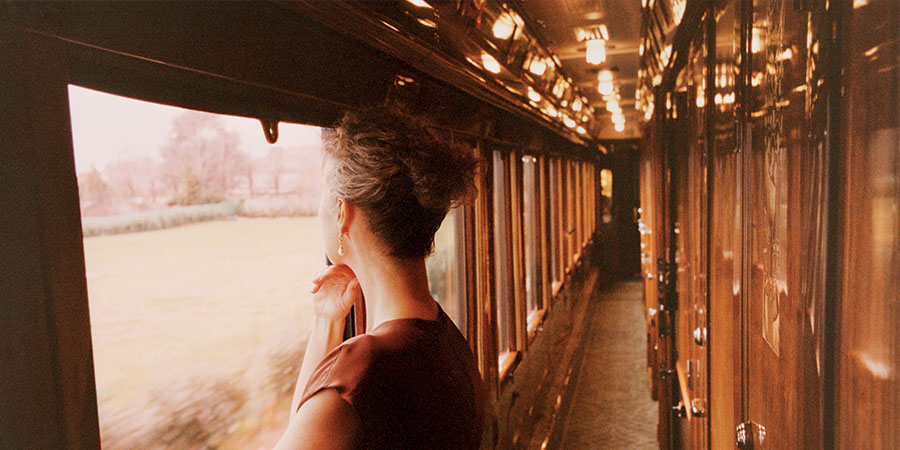

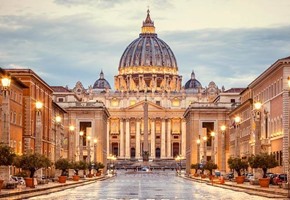

Create unforgettable memories on this stunning tour which takes you aboard the sumptuous Venice Simplon Orient Express, and around three inspiring Italian cities - Rome, Florence and Venice. Experience the water city and sail along the canals of Venice, stroll the historic streets of Rome and visit the Colosseum and Trevi Fountain, and spend...
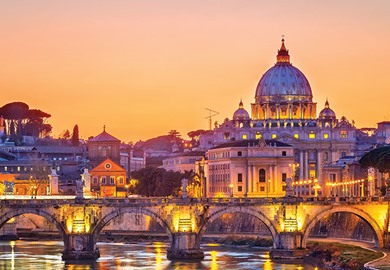
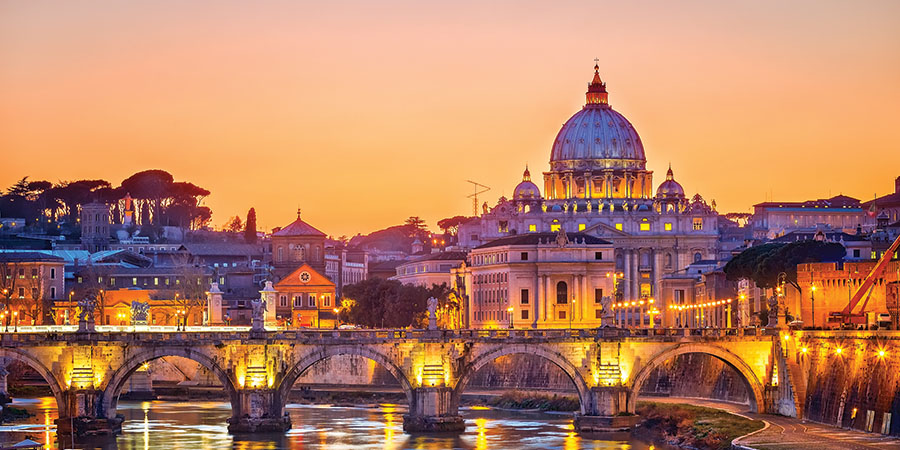



Experience absolute luxury aboard the Venice Simplon Orient Express on this tour, when you visit the water city and the eternal city on this tour of two Italian giants, and travel back to Paris on the luxurious Venice Simplon Orient Express. Start in Rome where the Vatican City, the Colosseum, and the Trevi Fountain, are iconic tourist...
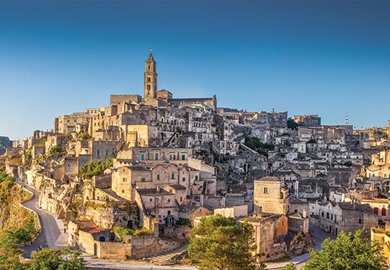
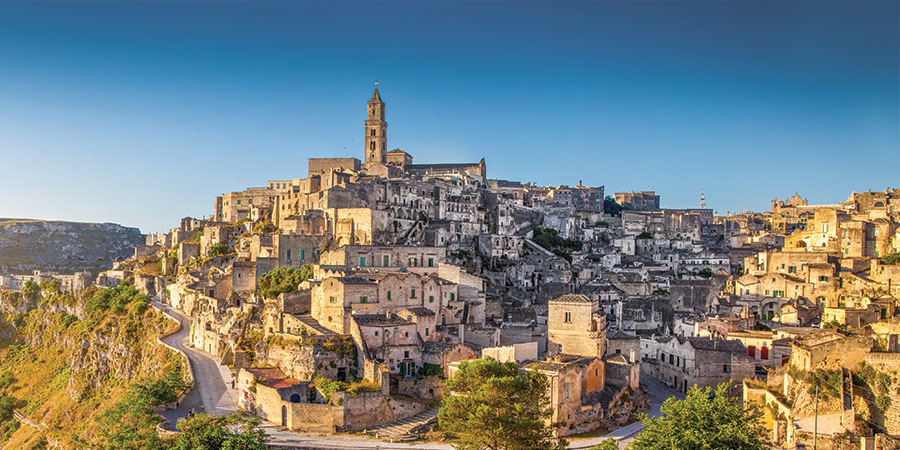
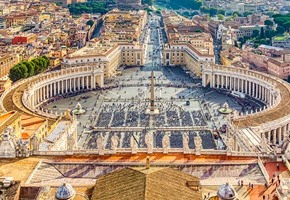


Embark on a luxurious journey aboard La Dolce Vita Orient Express, departing from Rome. Indulge in the exceptional culinary creations of 3-Michelin starred Chef Heinz Beck, featuring Italian-inspired dishes crafted from seasonal and locally sourced ingredients. Awake to the allure of an Italian breakfast as you prepare to explore the UNESCO...
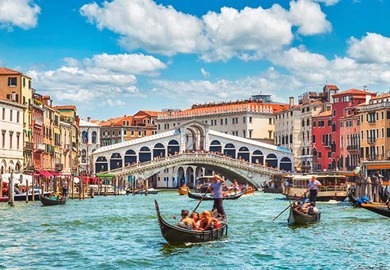
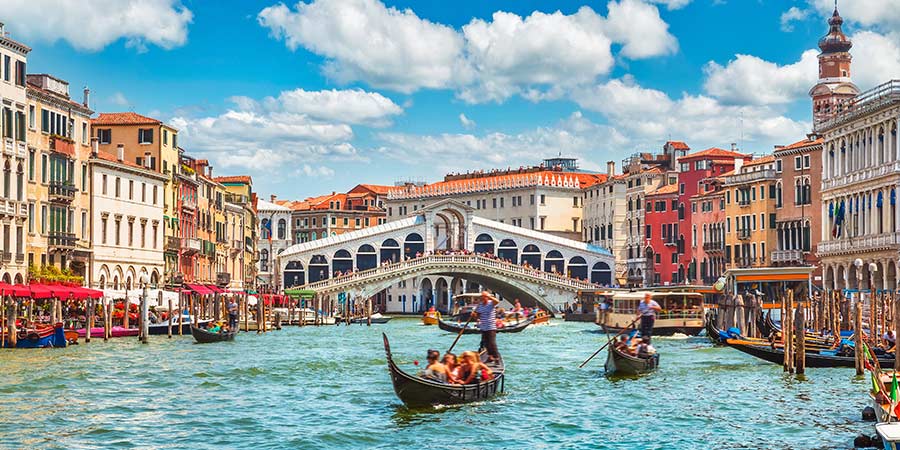
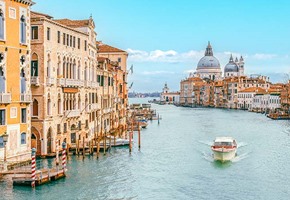

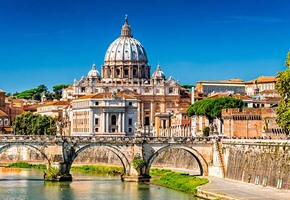
After two wonderful days taking in the sights, sounds and tastes of Rome, your journey on the La Dolce Vita Orient Express begins with a sumptuous meal curated by 3-Michelin starred chef Heinz Beck. As the train travels northwards, disembark for time in magical Venice, followed by an evening of cocktails and live music that creates a...

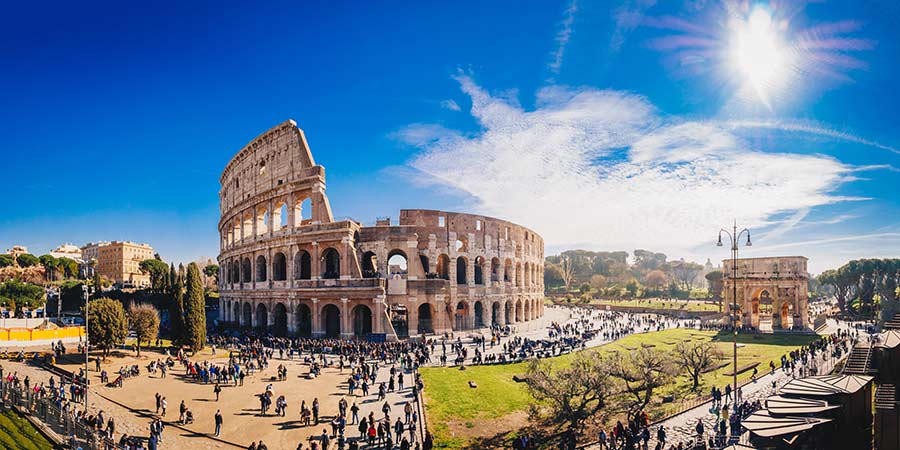
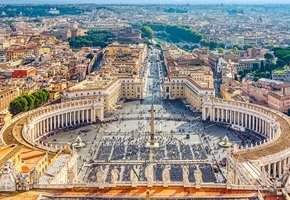

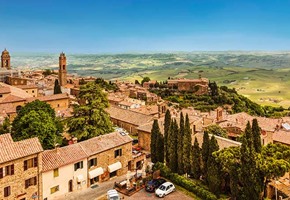
Embark on a luxurious journey aboard the Orient Express La Dolce Vita, travelling from Rome into the enchanting heart of Tuscany. In Montalcino, a town that epitomises Tuscan charm, explore quaint streets and historic landmarks. As evening falls, the train comes alive with "Le Grand Soir" dinner, featuring exquisite culinary creations...
